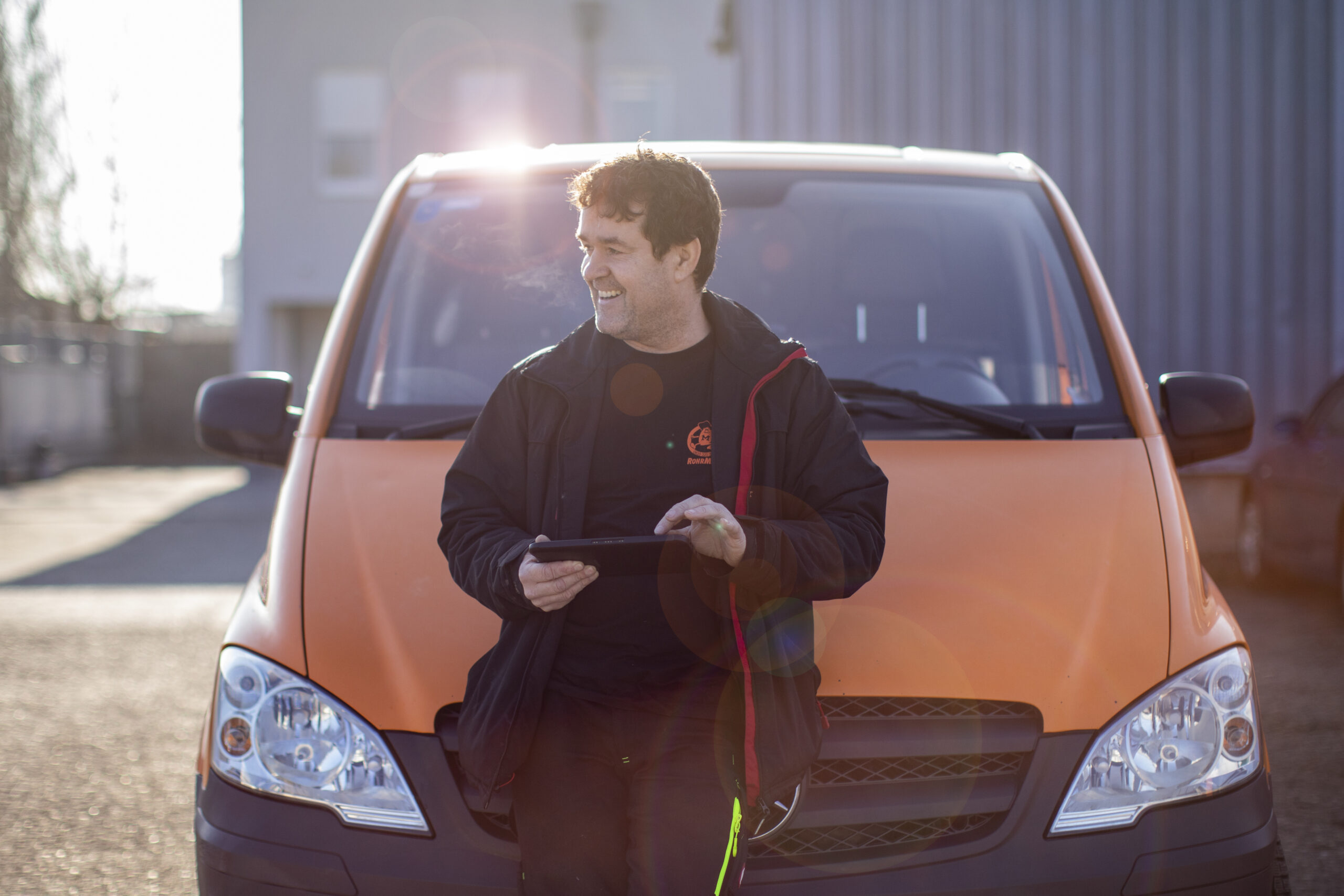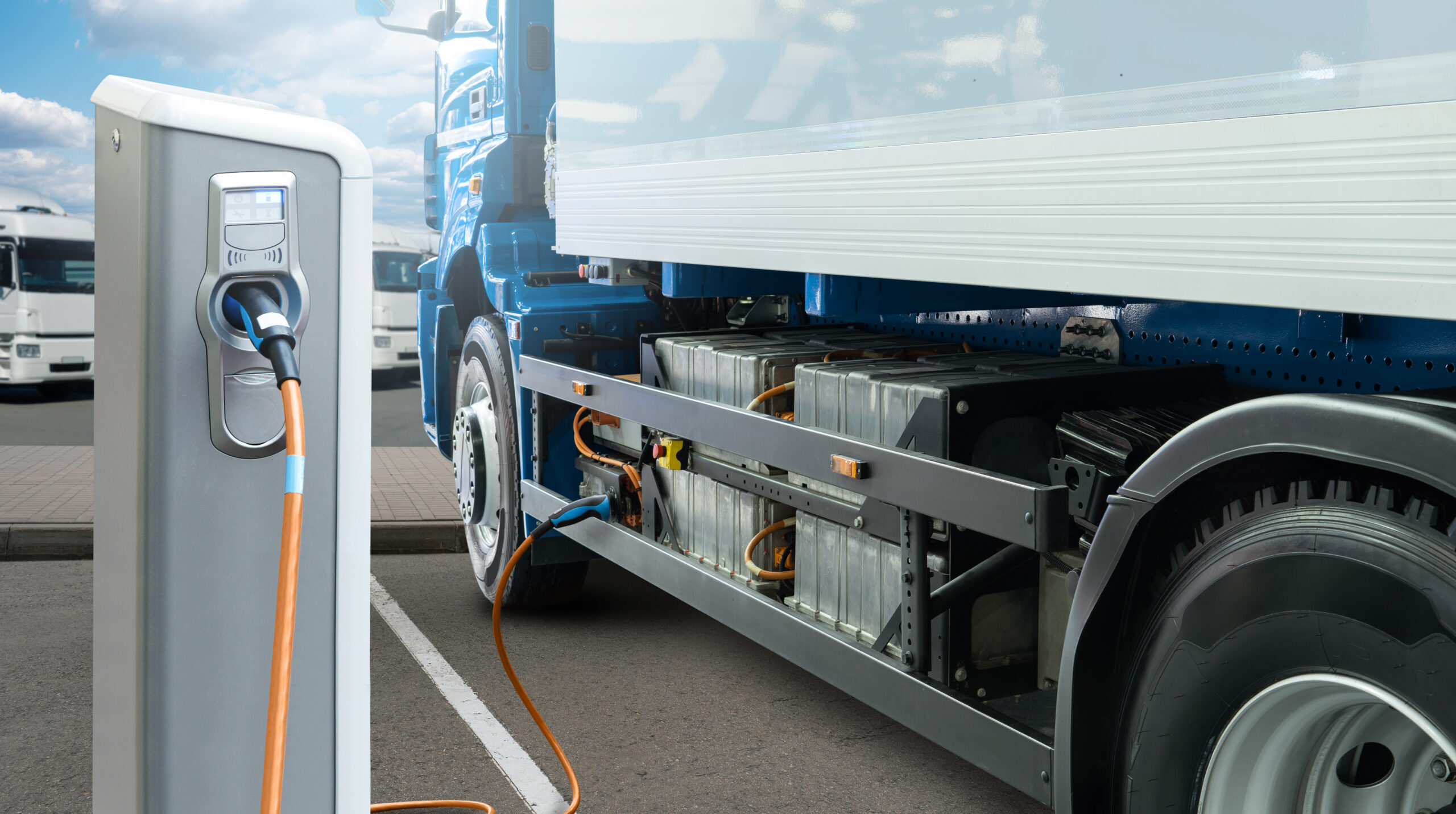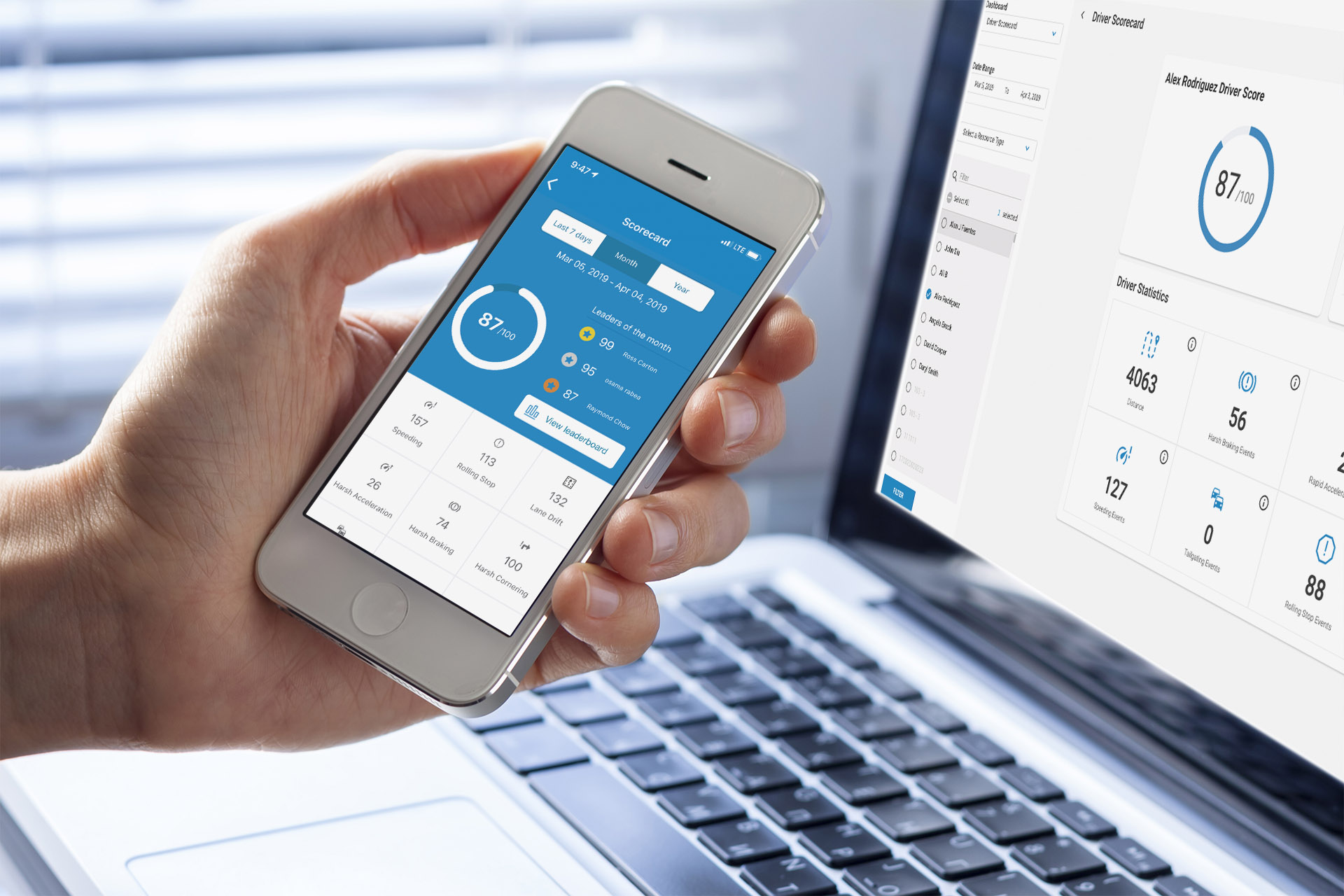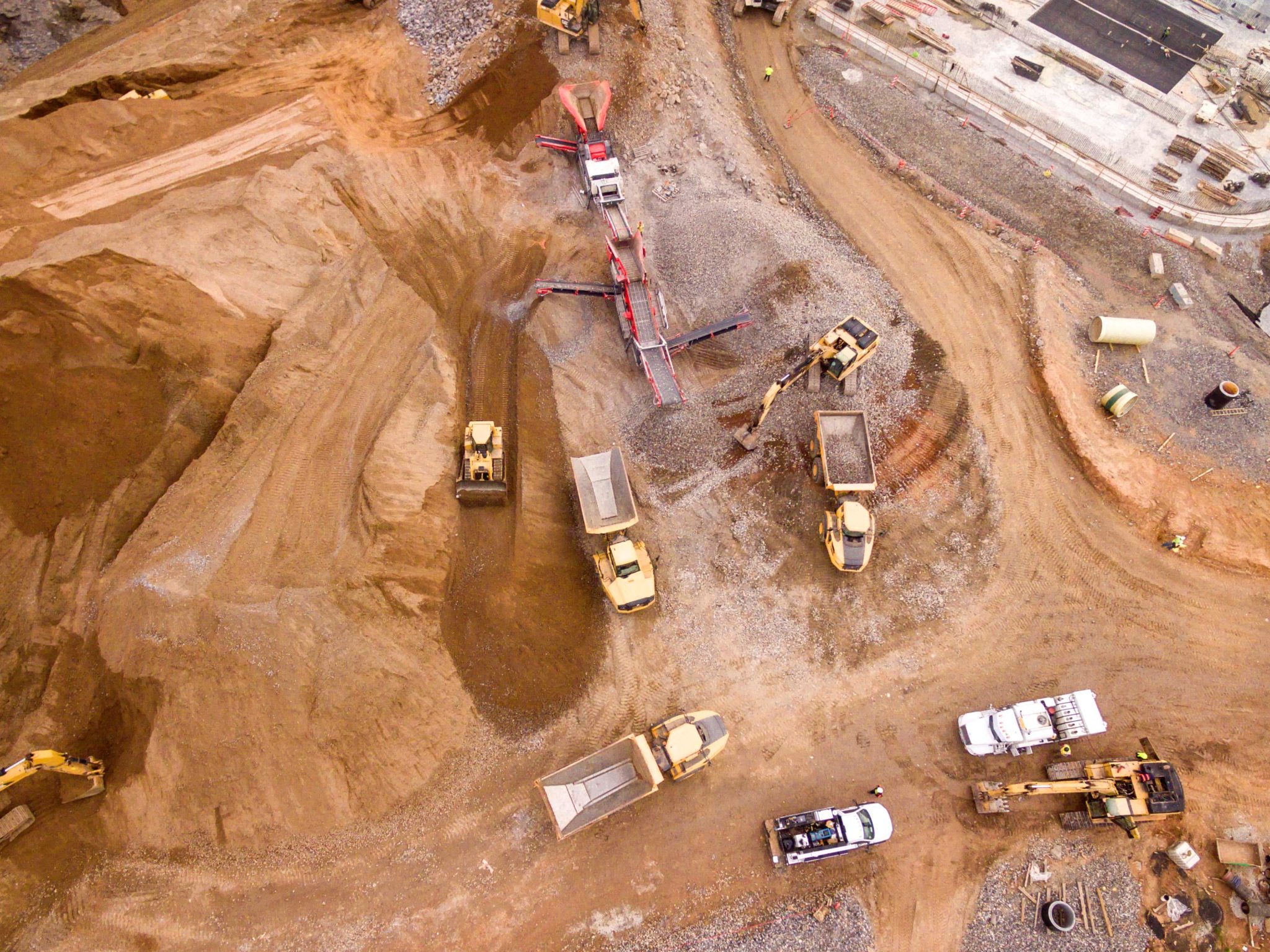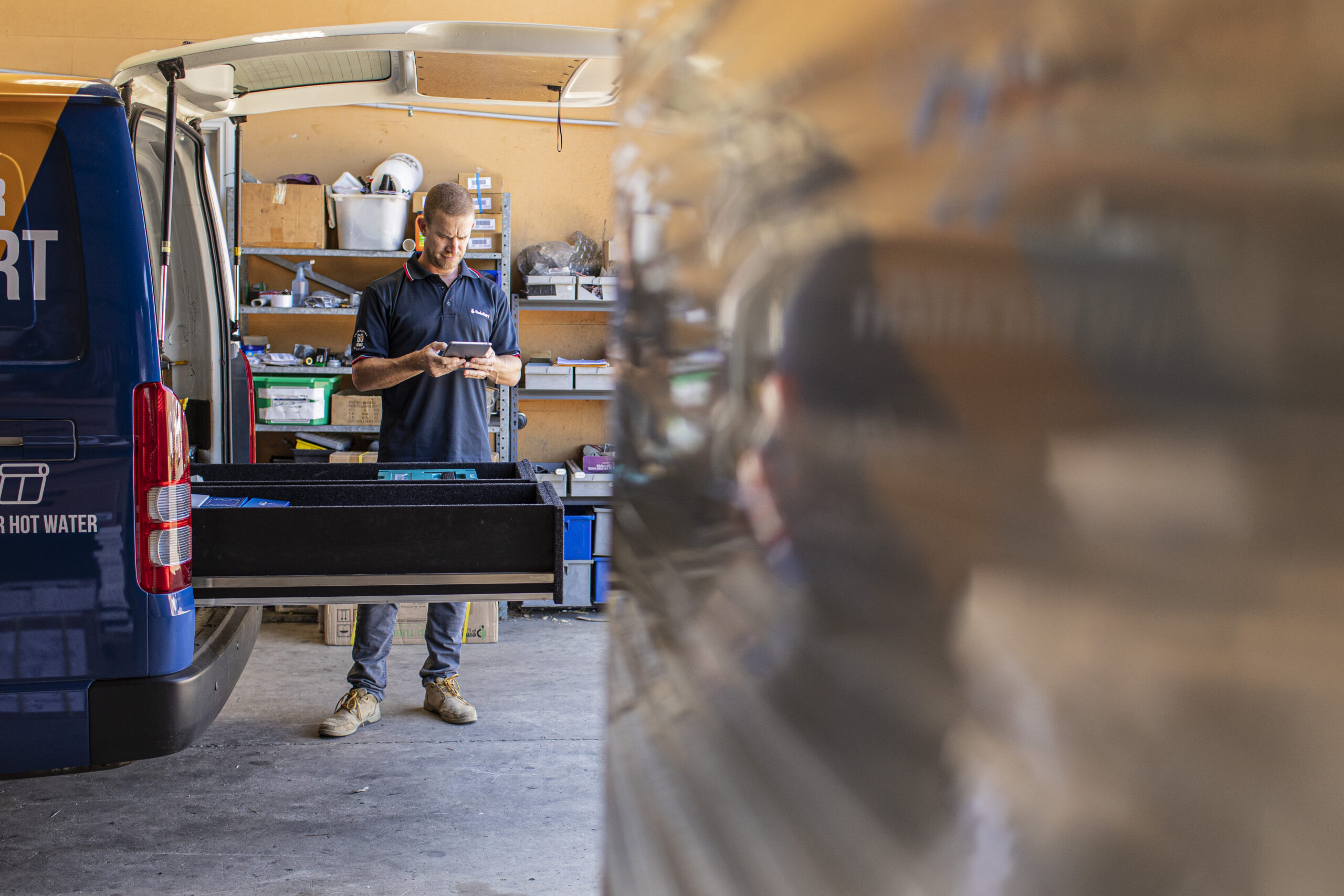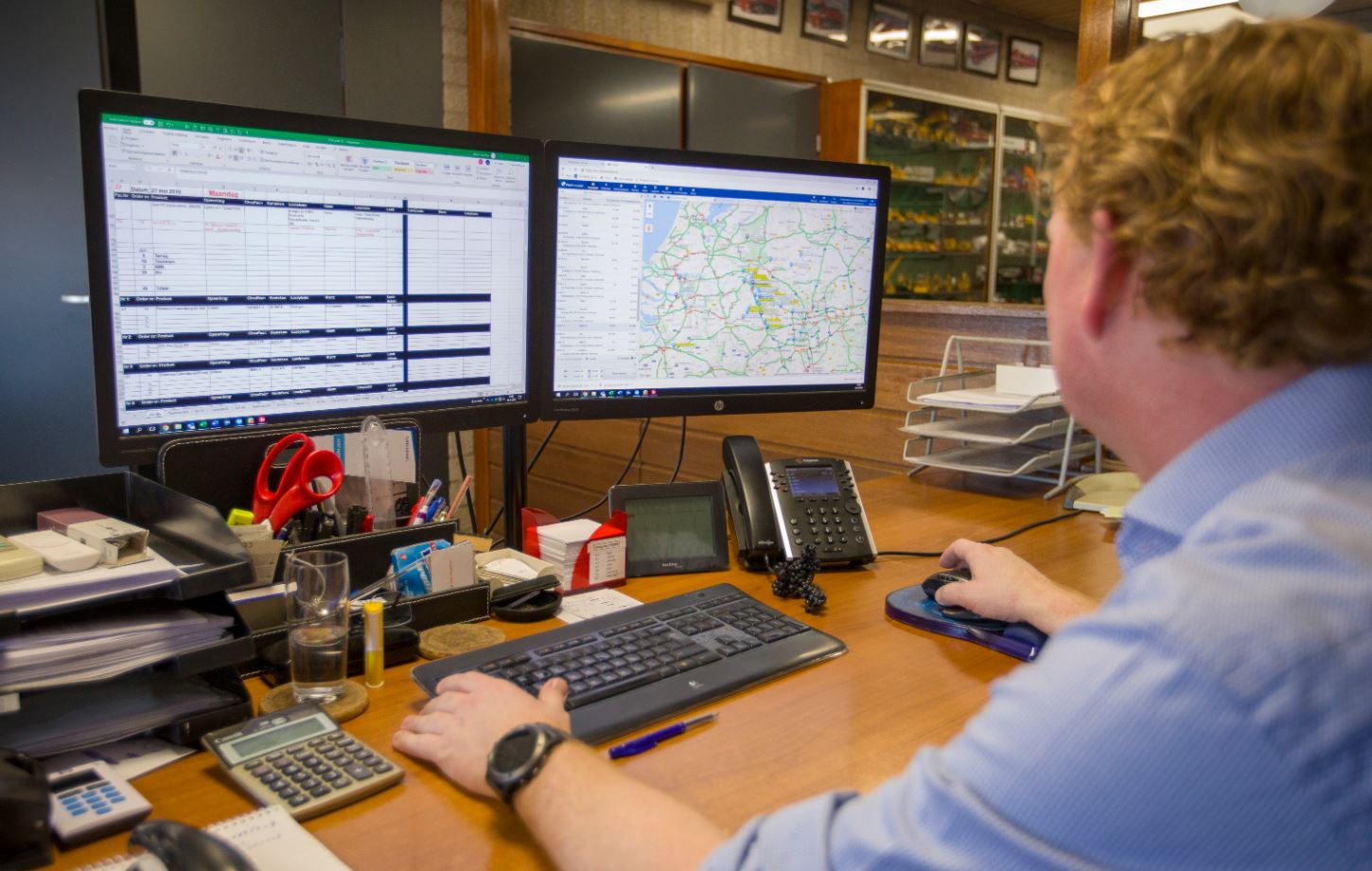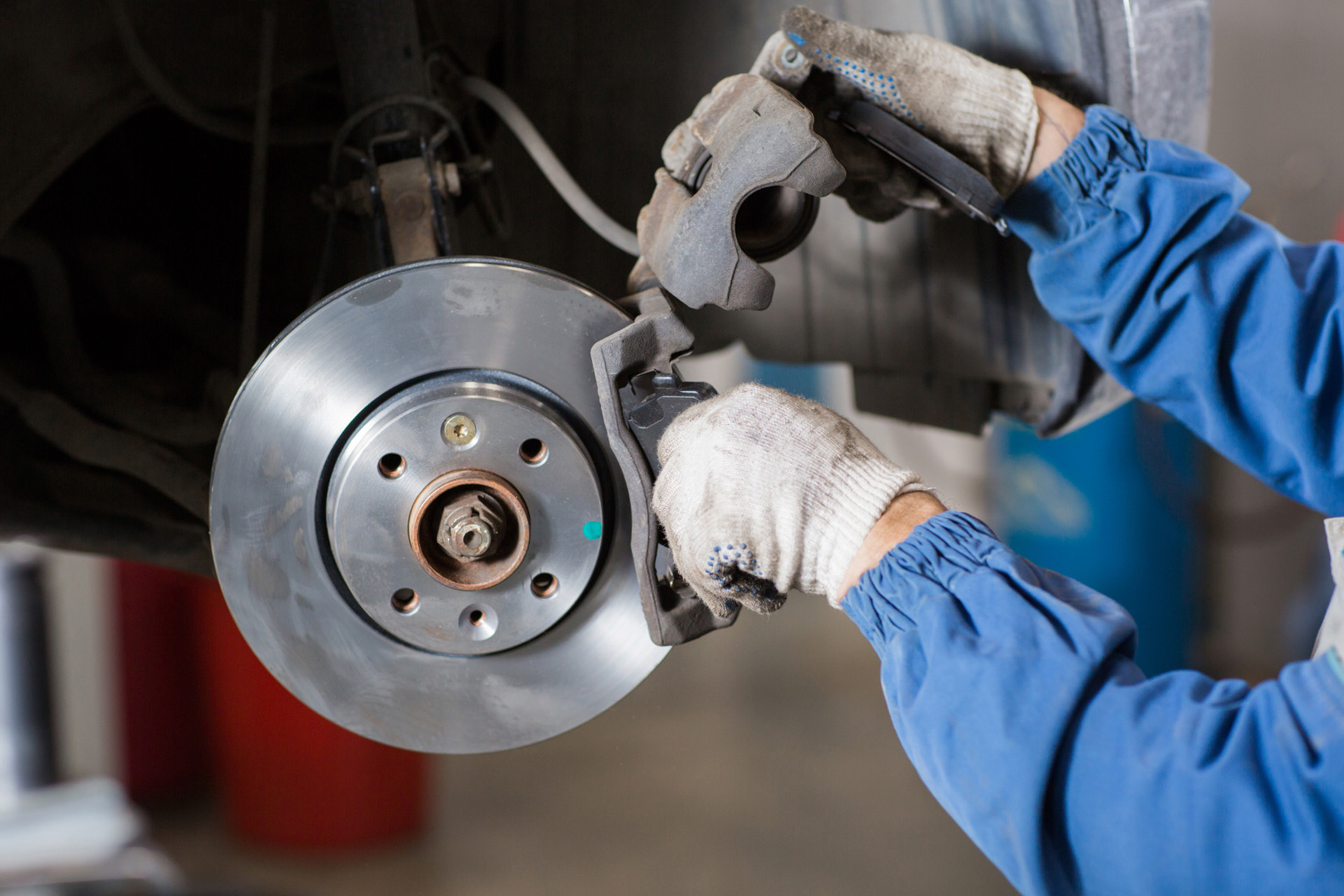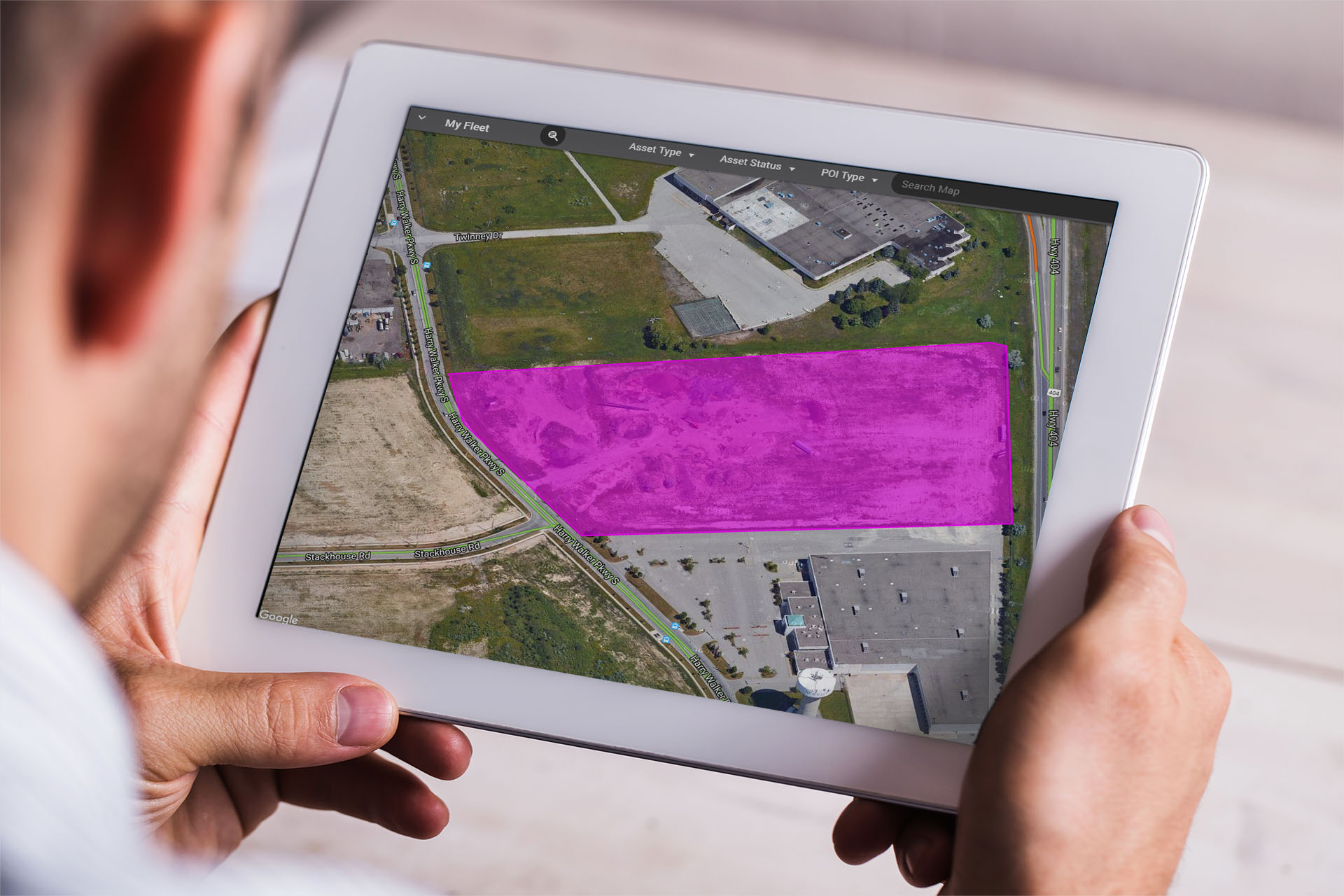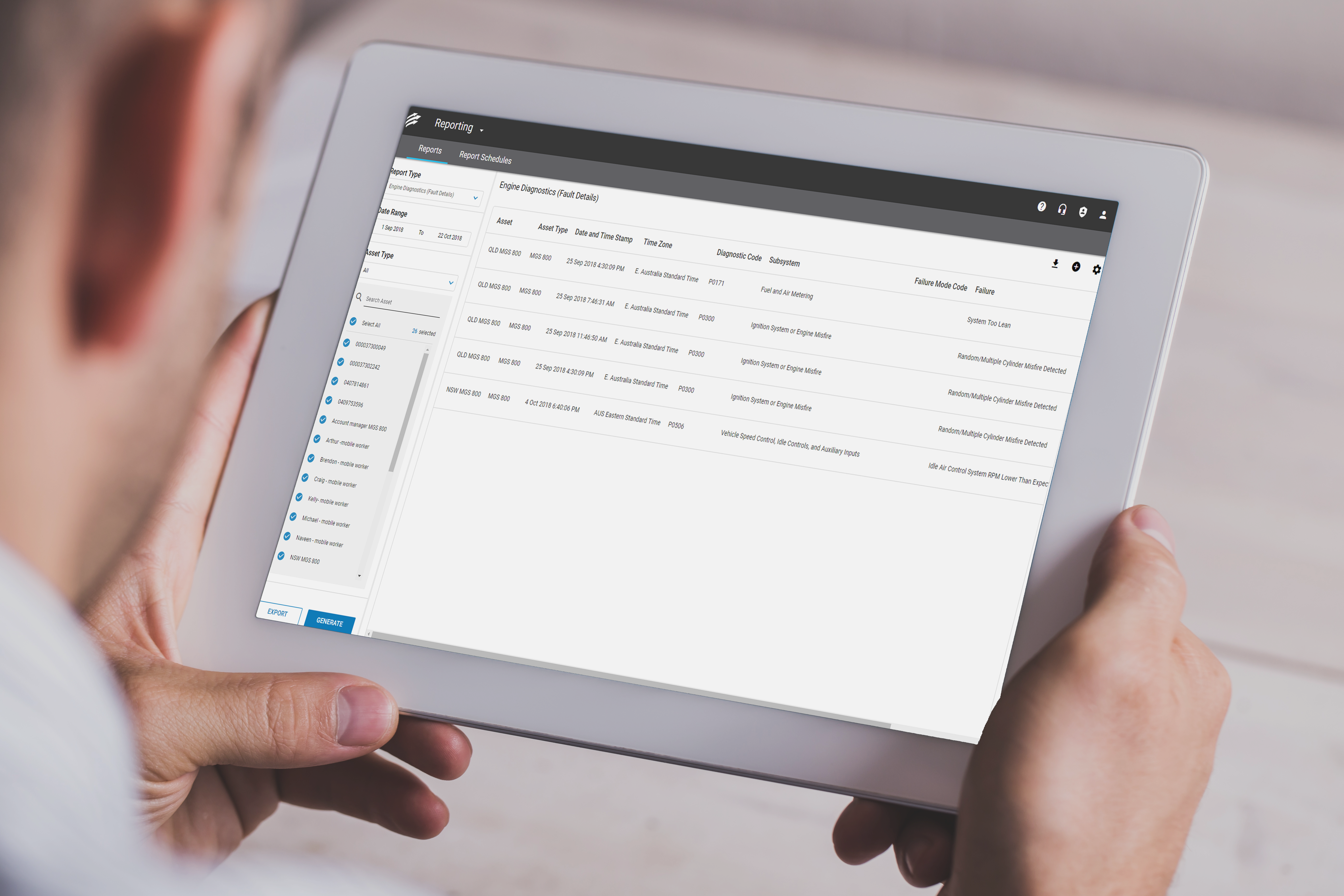A fleet company’s bottom line and reputation depend on their drivers’ skills and driving behaviour. Drivers with bad habits amount to an increase in road accidents, vehicle wear and tear, liability exposure, excessive fuel consumption and more. For fleet managers, tracking driver performance is a must.
Moreover, company vehicles driven poorly often points to a larger problem—unmotivated employees, inadequate training, substance abuse or fatigue—all of which can affect a driver’s mental health. Catching and correcting bad driving habits early on can ensure a healthy and high-performing fleet.
Let’s look at some key metrics fleet managers should be measuring to see how their drivers are doing.
1. Vehicle Fuel Efficiency
Comparing fuel efficiency can help Fleet Managers to identify any drivers who may be driving aggressively, speeding or excessively idling their vehicle. These stats help fleet managers determine when it’s time to provide training on how to conserve fuel.
 Not too fast, not too slow: getting the speed right can save fuel (Image Source).
Not too fast, not too slow: getting the speed right can save fuel (Image Source).
2. Time to Complete a Delivery/Repair Job
This metric is the average time it takes for a driver to complete a delivery or repair job. If they’re taking too long, it could be because they’re making extra stops or taking routes that are either too long or clogged with traffic.
This is where GPS tracking comes in. The software recommends a route based on traffic conditions. If any obstacles arise along the way, the software can provide updates. This means drivers can make real-time adjustments to shave time, even hours, off their total drive time.
3. Incidents and Accidents
It’s also important to measure any accidents involving your vehicles and how often they happen. This helps identify safety issues with your drivers or vehicles and whether corrective action needs to be taken. Collision reconstruction with telematics is the process of using GPS fleet tracking technology and software to understand the events that occurred before, during and after a collision.
Telematics data is highly valuable for management because it provides an accurate scientific record of events. It makes it possible to go beyond word-of-mouth testimony. The granularity of the data can tell you many things about a collision. As well, telematics makes it possible to gain a broader perspective on the event by looking at the historical patterns for a specific driver or vehicle.
Regardless of the severity of the incidents, they should all be recorded. This helps to determine if your drivers need additional training or counseling to improve driver safety. It’s essential to communicate the very real and serious consequences of an accident—for the company, the public and drivers. Repercussions range from fines and driving bans to prison time, lawsuits and even loss of life.
4. Customer Reviews and Feedback
Even with the advent of technology and tracking tools, customer reviews and feedback are still key measures in monitoring driver behaviour. Customer feedback gives fleet managers valuable insight into how their drivers are performing.
How to Help Your Drivers Perform at Their Best
1. Set SMART Goals
Many companies set SMART goals for their employees to clarify expectations, set benchmarks for performance and establish next steps. SMART stands for:
- Specific: It’s critical that drivers know what their key objectives are, so goals must be specific. Measuring fuel performance by the litre, setting time limits for tasks and tracking the number of tickets issued is a good way to start.
- Measurable: You can’t improve what you can’t measure, so quantifying your results is key. Keep track of drivers’ progress and inform them how they’re doing in relation to your goals.
- Achievable: Avoid setting your drivers up for failure by assigning impossible tasks. Make sure the established goals are realistic and achievable, taking into account the resources at your disposal.
- Relevant: Your goals should be relevant to your company’s mission and the drivers’ roles within it.
- Timely: Set dates and deadlines for achieving your fleet goals to improve focus and minimise procrastination.
2. Provide Supportive Feedback
Feedback is a powerful motivator. However, accentuating the positive over the negative or reprimanding drivers for lead footing won’t do much to motivate them. Use the driver metrics gained from a fleet management platform to support the feedback given to drivers so they can improve. Consider including incentives for saving fuel or their contribution to minimising maintenance costs.
3. Use Telematics and Fleet Management Software
When your drivers are on the move, grading their performance fairly can be a challenge without the proper tools. Fleet management software can help.
 Zoom in or pan out to see where your assets are at any time. (Image Source).
Zoom in or pan out to see where your assets are at any time. (Image Source).
Fleet Complete’s fleet management software includes features such as GPS and fuel consumption tracking as well as driver scorecards to help you measure driver performance. The software can also be used to help you plan the most efficient driving routes. Meanwhile, in-cabin alerts make it easy to provide real-time feedback for drivers in need of more intensive coaching on the road.
With safety, company reputation, and budget on the line, fleet managers must ensure maintaining excellent driver performance is a key component of their fleet management strategy. Managers can help drivers by setting clear expectations and S.M.A.R.T. goals as well as sharing constructive feedback. Fleet management software lets you know what’s happening out on the road—tracking metrics like fuel efficiency, driver behaviour, incidents and reviews can shed light on whether your team is performing at their best.
If you would like to take our fleet management system for a spin to see how it can help you optimise driver performance, get started today. Try our Fleet Complete demo.
If you found this article helpful, please share it on social media.
































